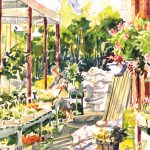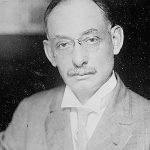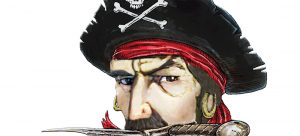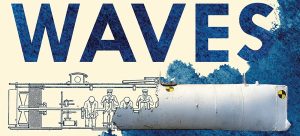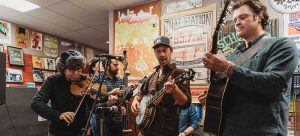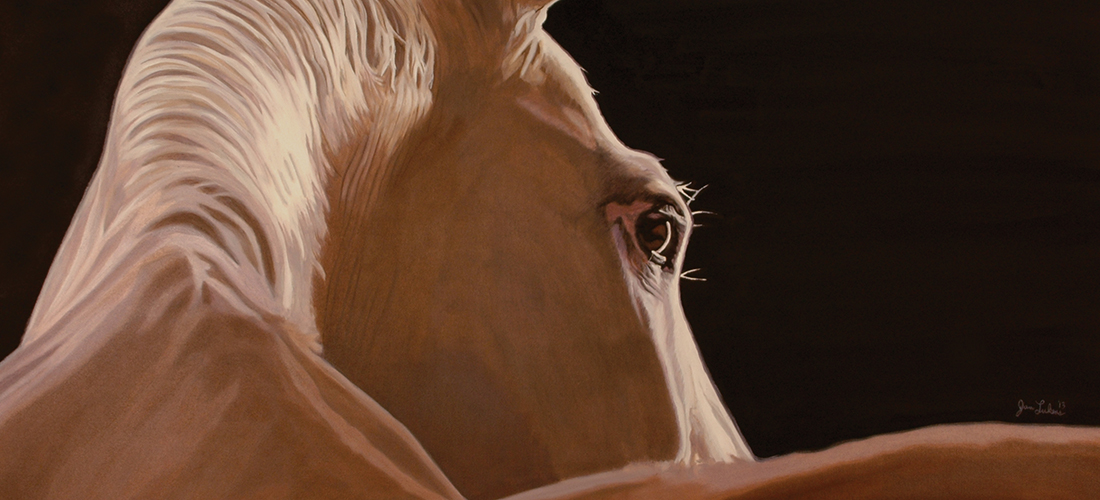
Jan Lukens’ passion to paint
By Nancy Oakley
The shortest distance between two points may be a straight line — unless you’re pursuing a career as a professional artist, as Jan Lukens has discovered over a lifetime. His large, vivid, hyper-realistic canvases of horses, wildlife and cityscapes that fill his studio in Revolution Mill, all precisely wrought in the finest detail, are the culmination of a childhood dream. One that began with, yes, the straight lines of a child’s stick figures but took a turn in the Prehistoric Age.
“There was nothing remarkable about what I was doing,” he says of the rudimentary cowboys and Indians or soldiers engaged in battle that he and his first-grade classmates liked to draw in crayon during art class at Irving Park Elementary School. But at home, the seeds of his artistic ability were taking root. “I had a set of dinosaurs and printed on the belly of each one was the name.” So he could name and identify them: “the stegosaurus and the T-Rex and the triceratops, and all these weird amazing-looking creatures,” Lukens recalls. “I was always fascinated with animals anyway. These were crazy, wonderful.” He had also taken to copying photographs in Newsweek and National Geographic on sample pads of printing paper his father would bring home from his job at Pilot Life Insurance. Perched at a coffee table at his parents’ feet as the family watched TV, “I would do that two or three hours a night, just because that’s what I liked to do,” Lukens remembers.
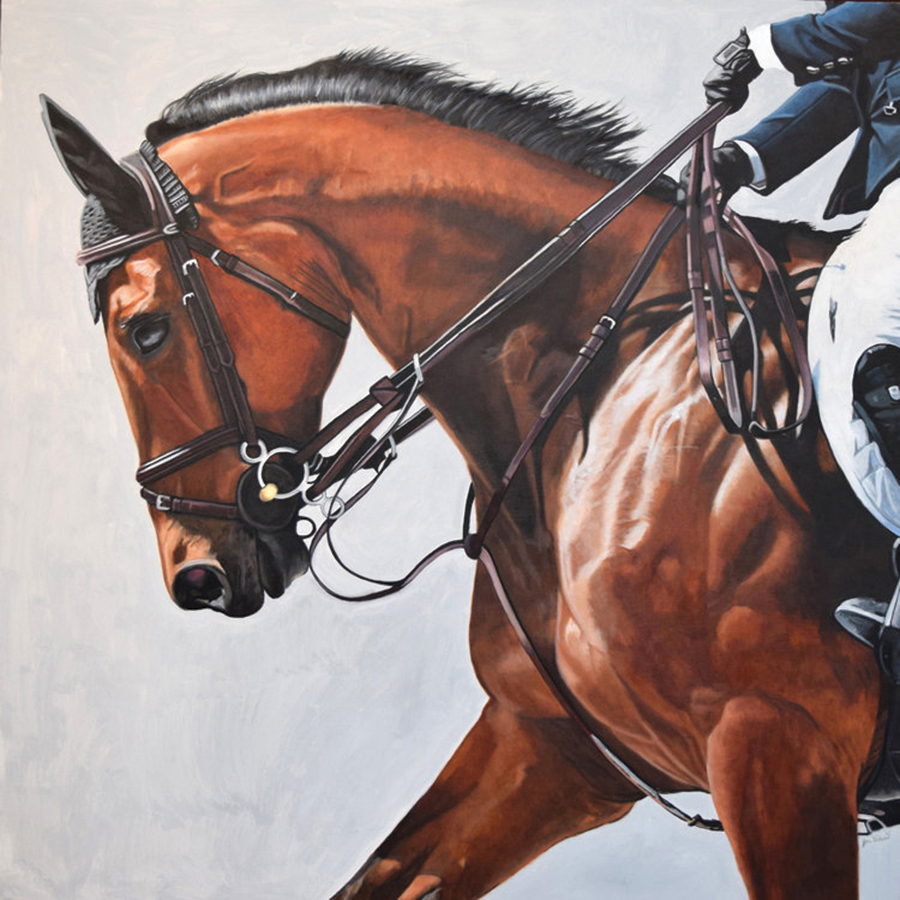
A year later, those hours of practice would come to the fore when, one day, a second-grade class assignment was to draw a Tyrannosaurus Rex. Lukens’ advanced rendering of the dinosaur was well beyond those of his classmates, who, along with the teacher gathered round his desk expressing admiration and awe. “That’s when I realized, ‘Wow! I’m pretty good at this, and nobody else in the class can do it; this is pretty cool.” In the ensuing years, he would capitalize on Beatlemania, parlaying his skills into a lunchroom trade by copying images of the Fab Four from trading cards and other memorabilia for appetizing contents of his classmates’ lunchboxes. “I saw my market and I went after it,” he jokes. A foreshadowing of things to come.
By the time he was coming of age in the early to mid-1970s, Lukens had spent about a year at East Carolina before withdrawing to work for a couple of years. He also faced another hurdle: His preference for representational art, exemplified by Renaissance masters Titian, Caravaggio, Rubens and Velázquez and later artists such as Corot, Degas, John Singer Sargent, George Bellows and Edward Hopper, was unfashionable at the time. “It was all about Modern art,” Lukens remembers. With Abstract Expressionism ruling the day, art instruction emphasized “an idea,” he observes, while basic skills — drawing, composition, color — “got swept under the rug.”
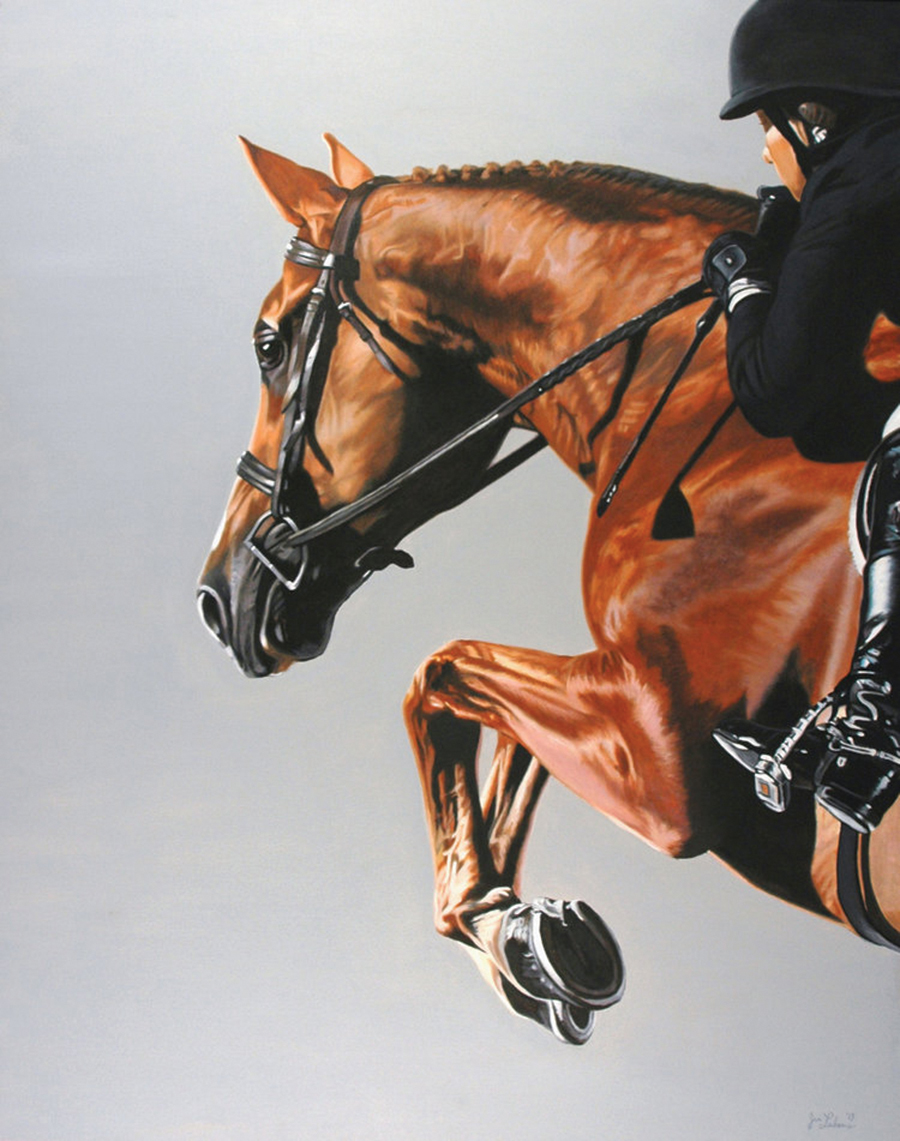
Nonetheless, his dream of becoming a professional artist burned bright. To fulfill it, he enrolled in a nascent but rigorous commercial art program at GTI (now GTCC). He was one of only eight out of 120 students to graduate and embarked on a career as an advertising illustrator. “When I was in advertising, I would make ads and then do the illustration for it, because that’s what I really wanted to be doing. Not making ads. But I also needed to make a living as an artist. And this was the best way I could figure out,” he concedes. He talks of the layers of agency bureaucracy — art directors, creative directors, committees of clients — affecting the final outcome of his work. “You learn to put your ego in a box,” he notes.
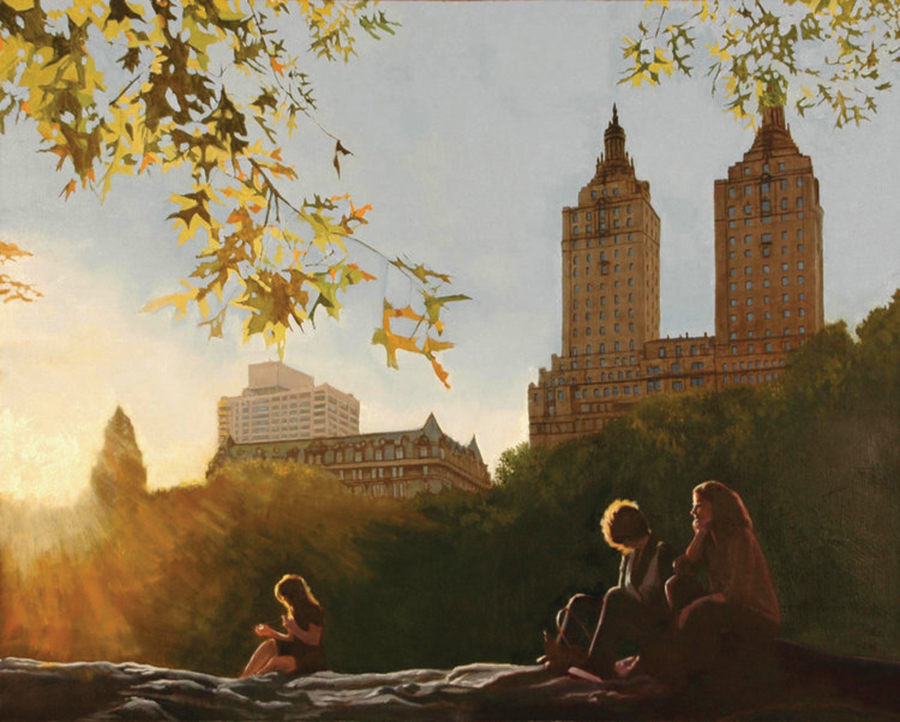
After 15 years in the business and earning a good living, Lukens was approaching a turning point. He was also keenly aware of changes in the business that the digital age had ushered in. “All the art directors and illustrators were sitting in front of a computer all day long doing their work. And I thought, ‘There’s no way I’m going to do that.’”
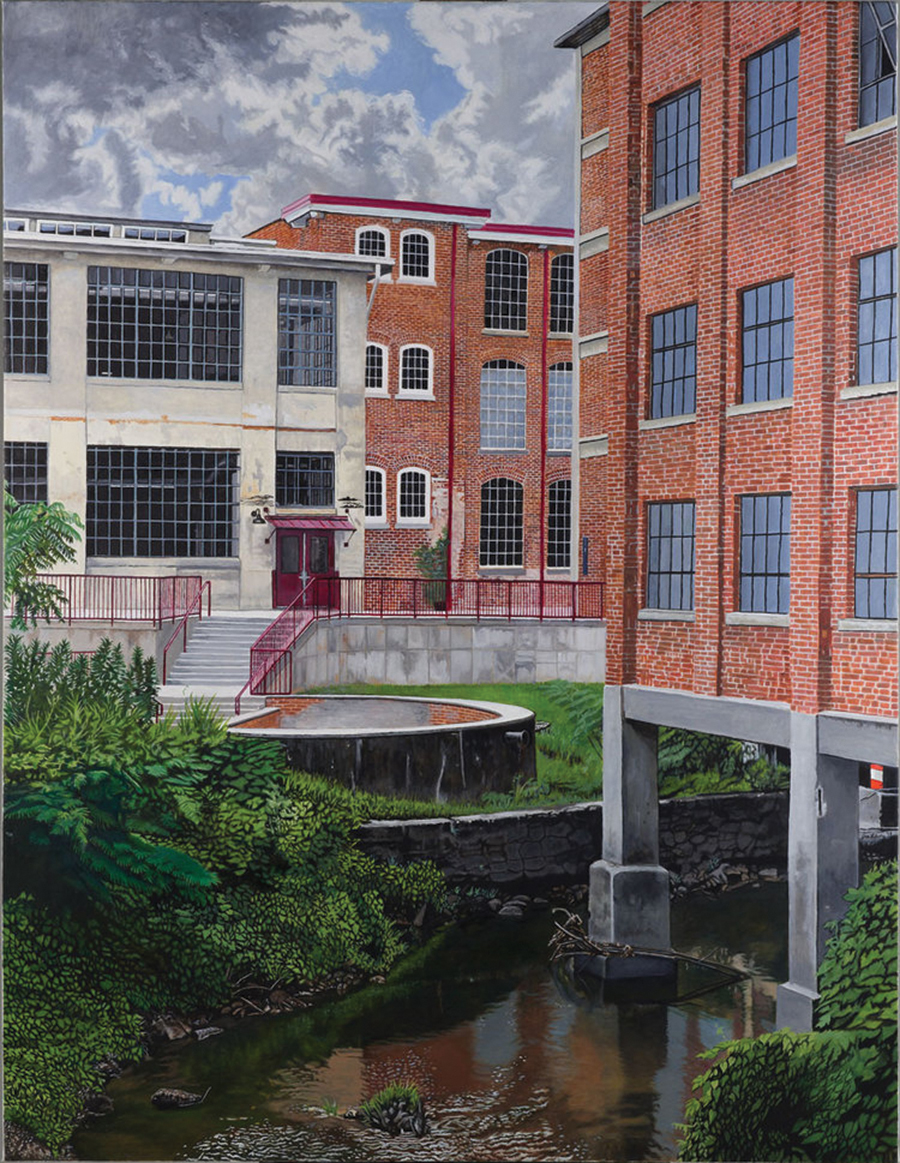
He wanted to paint full time and knew he had to find a market — just as he had with his lucrative Beatlemania enterprise all those years ago — and considered wildlife paintings, which were popular. The only problem? “You do three paintings a year, you pay for a thousand prints of each and you’d spend the rest of the time selling those prints,” Lukens says. “That just didn’t appeal to me. I just wanted to paint all the time.”
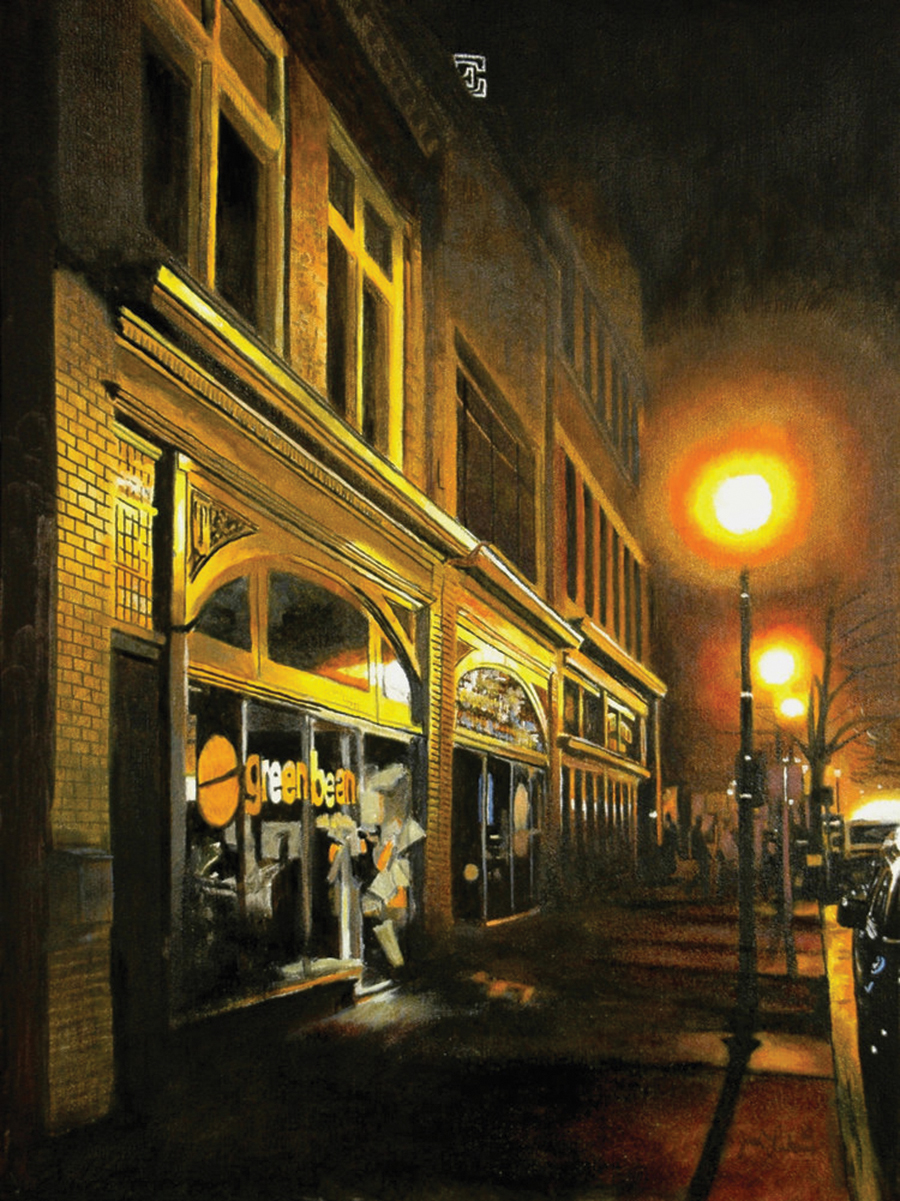
In the early ’90s, a visit to the Sedgefield Horse Show with a colleague provided him with a solution. “I got the picture pretty quick that this is an expensive sport and all the people who participate in it are wealthy.” In other words, he’d found a market. It would take some trial and error, and making the rounds of the horse-show circuit with a vendor’s tent and forging connections that led to clients by word-of-mouth, but again, Lukens succeeded.
His approach to equestrian portraiture was unusual. Working in acrylics, Prismacolor pencil and watercolor from photographs taken at his clients’ stables (“you can’t get a 1,200-pound horse to stand still”), he applied his uncompromising representational style in depicting equine anatomy, highlighting every sinew beneath the sheen of his subjects’ glossy coats. But he brought to his compositions a contemporary feel, perhaps owing to his advertising background. In one painting, the graceful curve of a horse’s neck dominates the foreground, as its head is turned in profile. In another, the muscles of a foreleg are set in high relief, framed by the rider’s boot in the stirrup at the painting’s edge. Sure, Lukens’ artistic eye didn’t always jibe with clients’ wishes and he’d have to make concessions, as he did in the advertising business, but he was living out his dream.
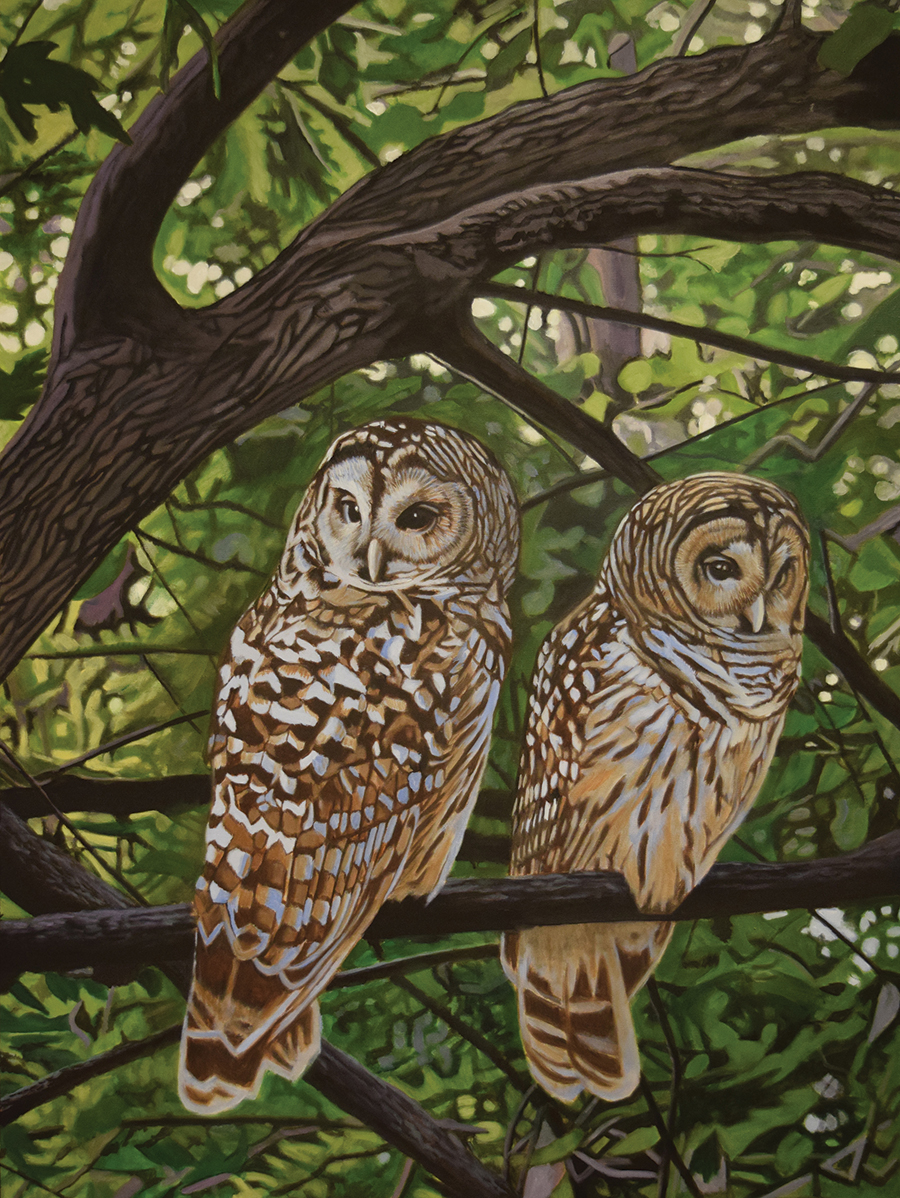
Or partially.
Lukens’ desire to work in oil on canvas, like his Renaissance idols, tugged at him. “I started thinking: ‘How can I improve?’” the artist remembers. “I literally thought, ‘these old masters that painted oil on canvas . . . I’m just not worthy.’” He tried the medium on his own, took workshops here and there “but just couldn’t get it.” And that’s why, at age 47, Lukens went back to art school.
At the time, in 1998, there were no institutions in the Southeast offering the classic academic curriculum the artist sought. His choices were by and large limited to the Northeast. Having lived for seven years alone on a 600-acre farm in Lewisville, he packed up his belongings and moved to a bungalow in the tiny coastal town of Old Lyme Connecticut, home of Lyme Academy of Fine Arts. “It was fantastic,” Lukens enthuses. “The second year I had over 1,000 hours of drawing and painting from a live model, which was the training that all my heroes from the Renaissance had.” With classmates ranging from recent high school graduates to 65-plus retirees, he was the only middle-aged student, but he says, “Everybody was in it together, there to learn.” He relished the moments, when live models would take breaks, affording the students opportunities to assess each other’s works. “I learned as much from the other artists during the model breaks as from the instructors,” Lukens says. One of them, Sam Adoquei, had made a profound influence in a life-drawing class. “He taught me how to construct the figure and the composition in a third the amount of time that I’d been spending,” the artist remembers. “That gave me two-thirds my time to develop my drawing. So all of a sudden, my work just looks phenomenally improved.”
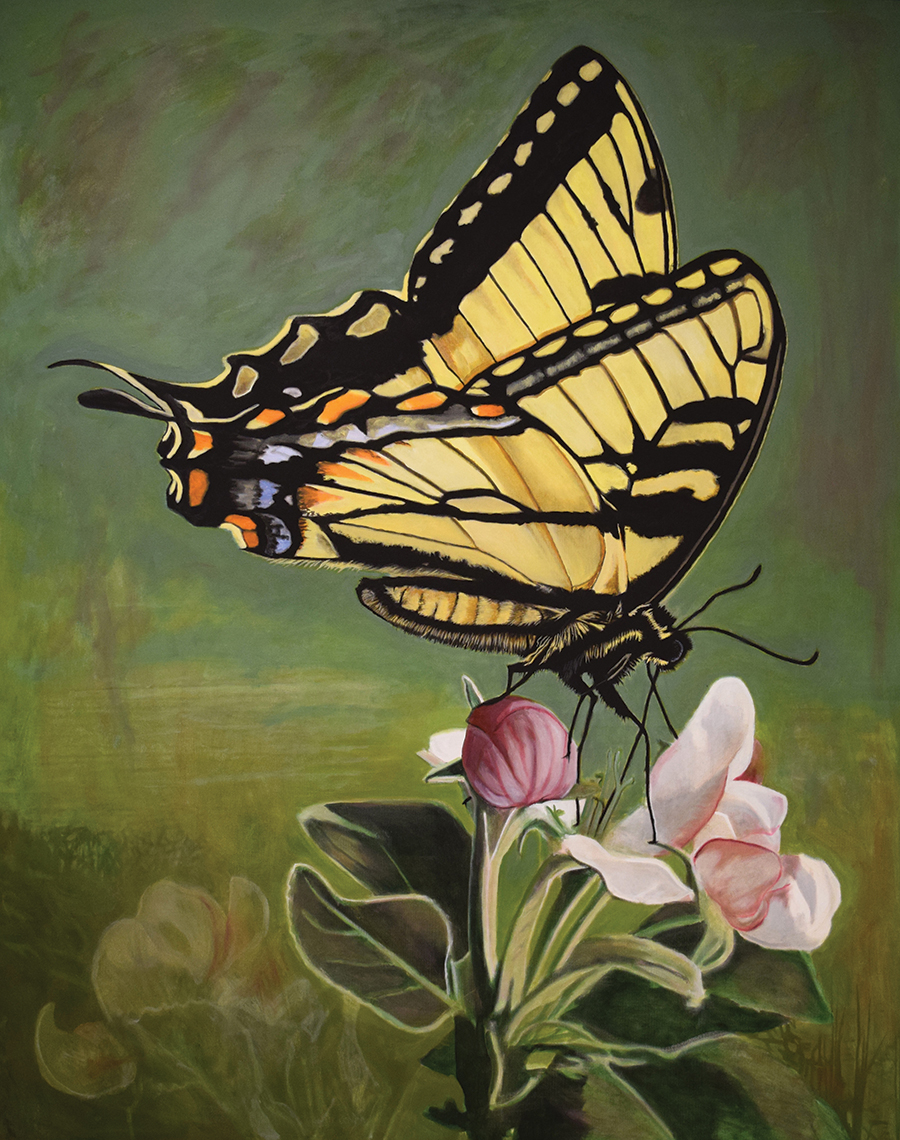
He decided to study further under Adoquei’s tutelage at the National Academy in New York, conquering one hurdle of finding affordable housing through an equestrian connection, only to face another: The course of study began in early September of 2001. Lukens’ stay in New York started with the attacks on the World Trade Center, which the artist would witness from atop a 41-story building at 90th Street and Broadway. After a semester at the National Academy, he applied for the Copyist Program at no less than the Metropolitan Museum of Art, replicating the works of Velázquez. “It was as good as any class I took,” he allows. Sure, you can read about the artist or observe it. “Or you could attempt to copy what the artist has done, which forces you to observe all the nuances.” He likens the process to playing tennis against a stronger opponent, who ups your game. He was even filmed on PBS program, EGG the Arts Show, expressing a similar sentiment. Following his brief appearance on camera, the Met saw a spike in copyist applicants.
While living in New York, Lukens also took to painting streetscapes, but big city representational galleries were interested only in artists with Ivy League training. So in 2008, with his aging parents in need of help, Lukens headed home.
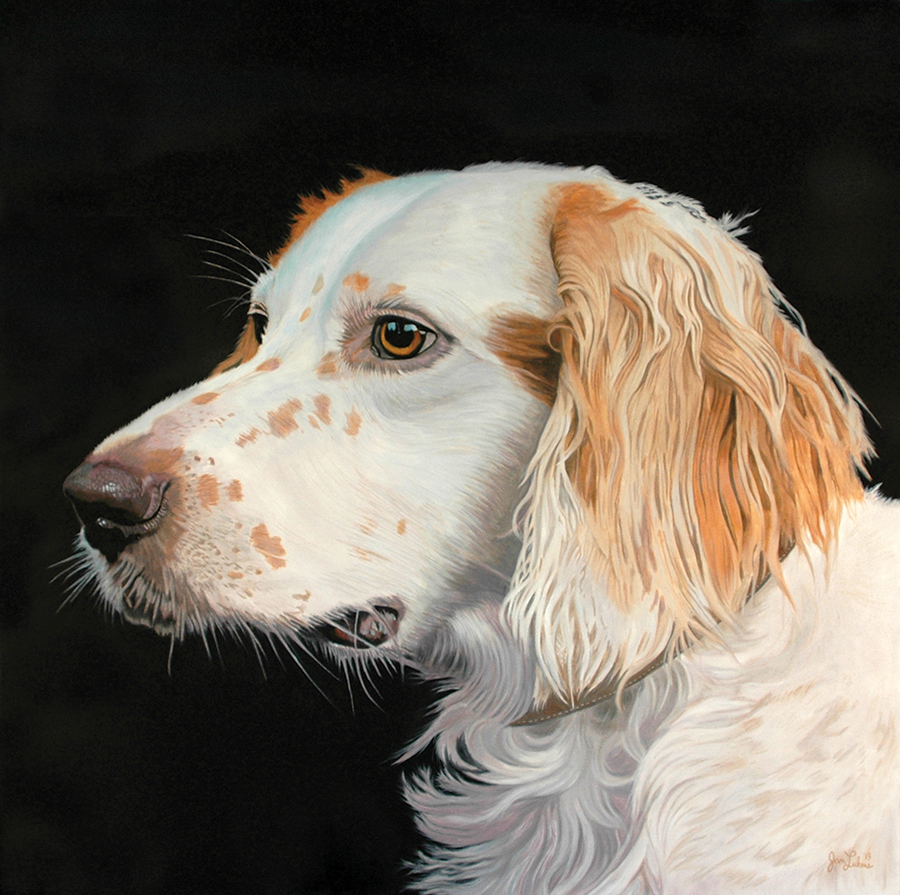
Greensboro, like so many places at the time, was falling into the slumber of the Great Recession, but Lukens still had his equestrian portraiture to keep him going. He was reconnecting with family and friends, ensconcing himself in the local arts scene. With a studio downtown, he took a notion to start painting streetscapes of the Gate City. In one, a ghostly Jefferson Building looms on the horizon. Another depicts the former location of the Green Bean, one of Lukens’ favorite haunts, glowing against a night sky. After his move to Revolution Mill, he would paint its courtyard, painstakingly recreating the individual bricks of the old factory. “I’ve always worked very tightly,” Lukens says. “I guess that’s my Dutch-German roots,” he adds
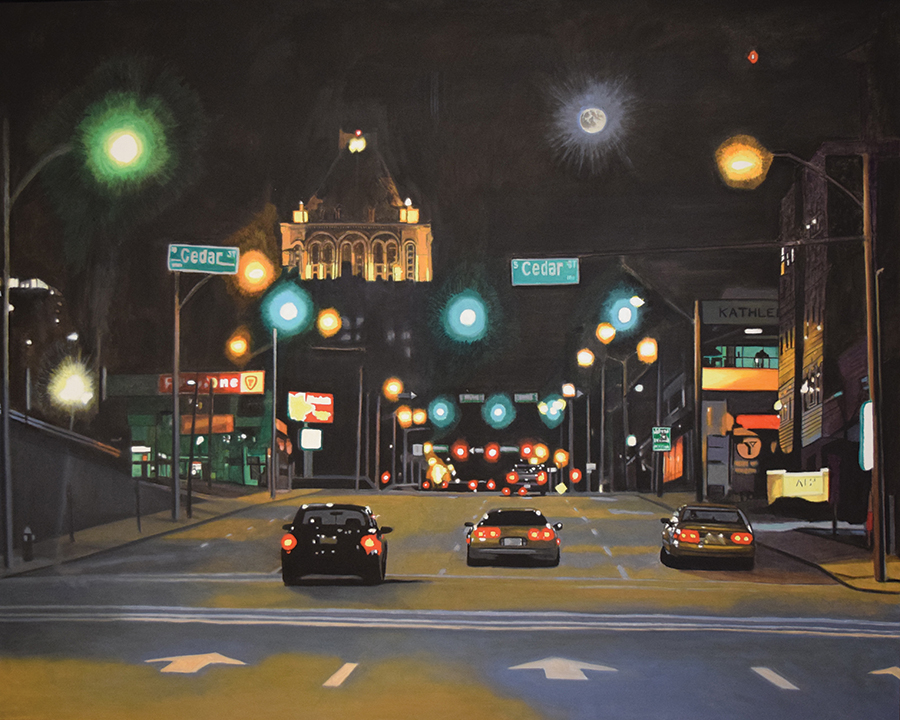
This tendency stands out in a close-up of a butterfly alighting on a flower. The brilliance of the wings, with every marking visible and every vein of a plant framing the foreground, stands in stark contrast to a plain background of dark green. Lukens explains how he had painted out a busier background consisting of hills and woods and a pond that competed with the butterfly. The plainer background makes the image pop. It’s also bears out the artist’s love of oils. Not only is the medium more forgiving, allowing him to paint over something if he chooses to change, it also “creates an aura” or added layer of energy to the painting.
Greensboro, it turns out, is more receptive to these true-to-life works. In fact, the world at large is waking up to the value of representational painting. “It’s huge!” Lukens says, citing a movement called Disrupted Realism, combining representational art with abstract, the vindication in his voice palpable. A major catalyst for the change in attitude? Social media. “I’m there for inspiration,” he explains. “When I have time to work on my own paintings, it’s the imagery that I’m finding on Instagram that inspires me that motivates me to tackle my next painting and how I’m going to tackle it.”
It’s also led him to other artists, such as the five he’s highlighting in a new show, Interiors, which opened last month at Gallery 1250, across from his studio at Revolution Mill. As chronicled in this magazine last fall, Lukens proposed a use for the space originally intended as an extension of Weatherspoon. “One of the things that motivated me to start this gallery: I want to show the best professional painters in the area and showcase them. I want to expose them to people who might not be familiar with their work,” he says. The role of gallery director is uncharted territory for the artist, who estimates it’s taking up about 70 percent of his time. Even so, Lukens carves out enough to sustain the dream that he’s pursued so relentlessly, for, as he says, “It’s the only thing I’ve ever wanted to do.” OH
Info: janlukens.com; revolutionmillgreensboro.com/gallery-1250
Nancy Oakley is the senior editor of O.Henry.

